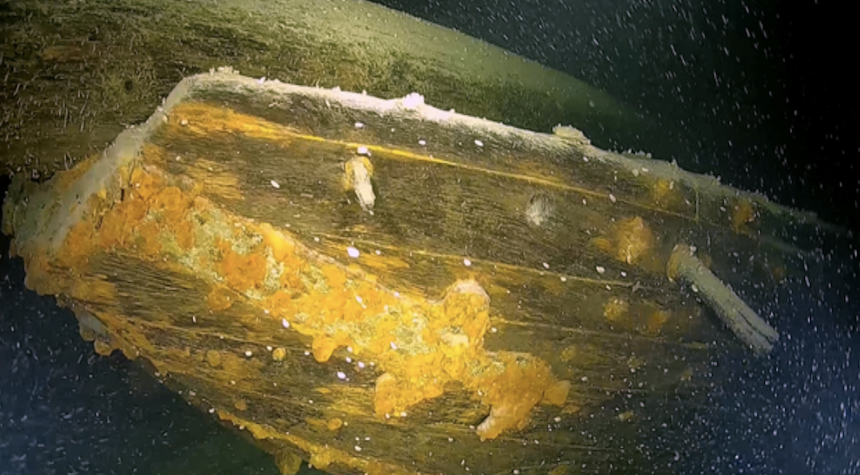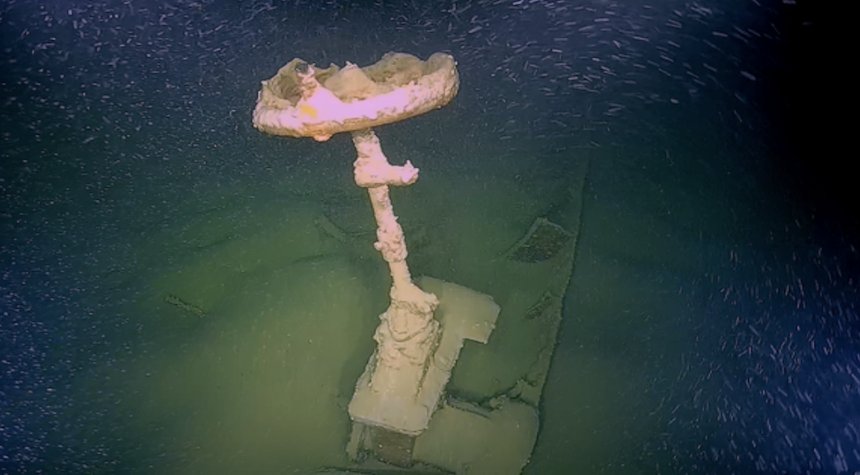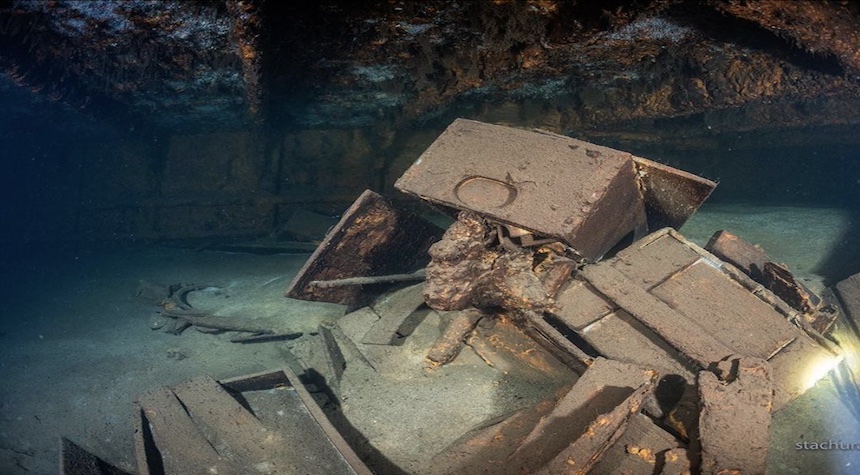A remarkable underwater archaeological discovery has been made in Lake Constance, Germany. According to the State Office for Monument Preservation, more than 30 shipwrecks have been located on the lake floor, including vessels of significant historical importance.
The “Wrecks and Deep Sea” project, initiated in 2022, has employed advanced technology and skilled divers to survey the depths of Lake Constance. This body of water, which borders Germany, Switzerland, and Austria, has revealed a diverse array of sunken vessels, from century-old paddle steamers to a well-preserved cargo sailing ship.

Among the 31 confirmed shipwrecks are two large metal hulls, believed to be those of the paddle steamers SD Baden and SD Friedrichshafen II. Historical records suggest that the Friedrichshafen II fell victim to an air raid during World War II, while the Baden was deliberately sunk after being decommissioned in 1930. Both vessels once carried up to 600 passengers, underscoring their importance in the lake’s maritime history.
The project’s success relied on a methodical approach. Scientists first identified over 250 potential anomalies using bathymetric data. These were then investigated with side-scan sonar, followed by targeted examinations using divers and remotely operated vehicles.
The discovery of a nearly intact cargo sailing ship is particularly noteworthy. Alexandra Ulisch, a scientific associate on the project, describes it as “a rarity in underwater archaeology.” The vessel’s excellent state of preservation offers researchers unprecedented insights into historical shipbuilding techniques and sailing technology on Lake Constance.

This development follows earlier reports that invasive quagga mussels have been affecting the lake’s ecosystem. However, in this instance, their sparse growth has allowed for clearer observation of the shipwrecks’ details.
The evidence suggests that these wrecks will remain on the lake bed, with researchers focusing on documentation rather than salvage. As Ulisch aptly states, “Wrecks are much more than just lost vehicles, they are real time capsules that preserve the stories and craftsmanship of days long past.”


